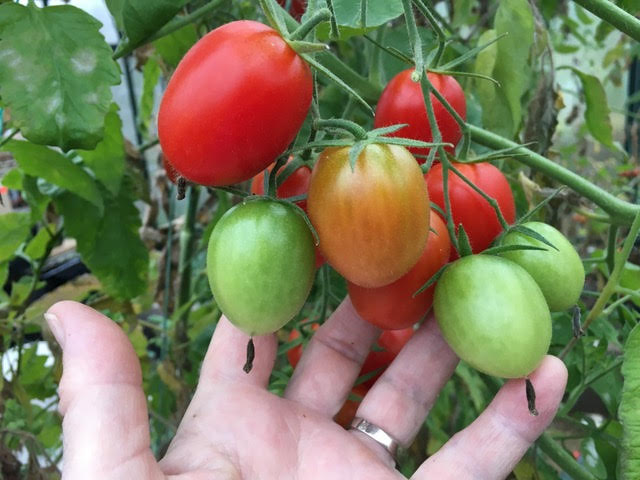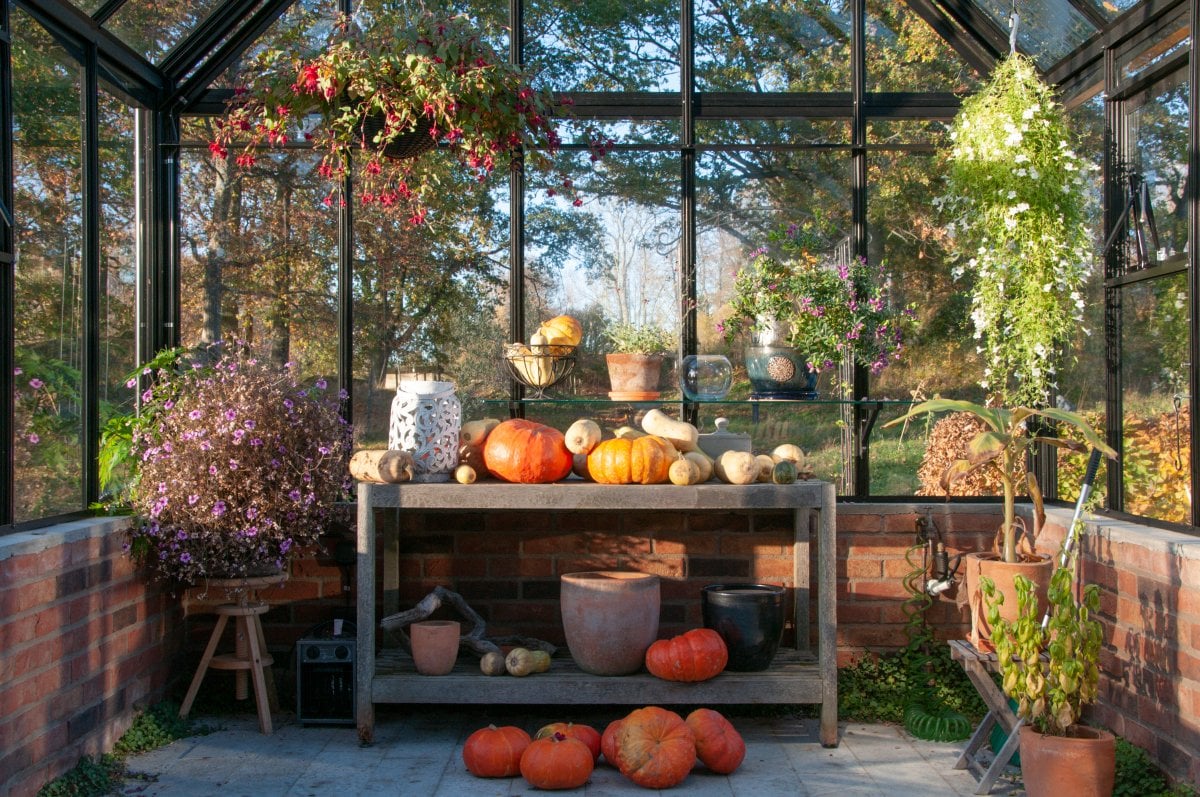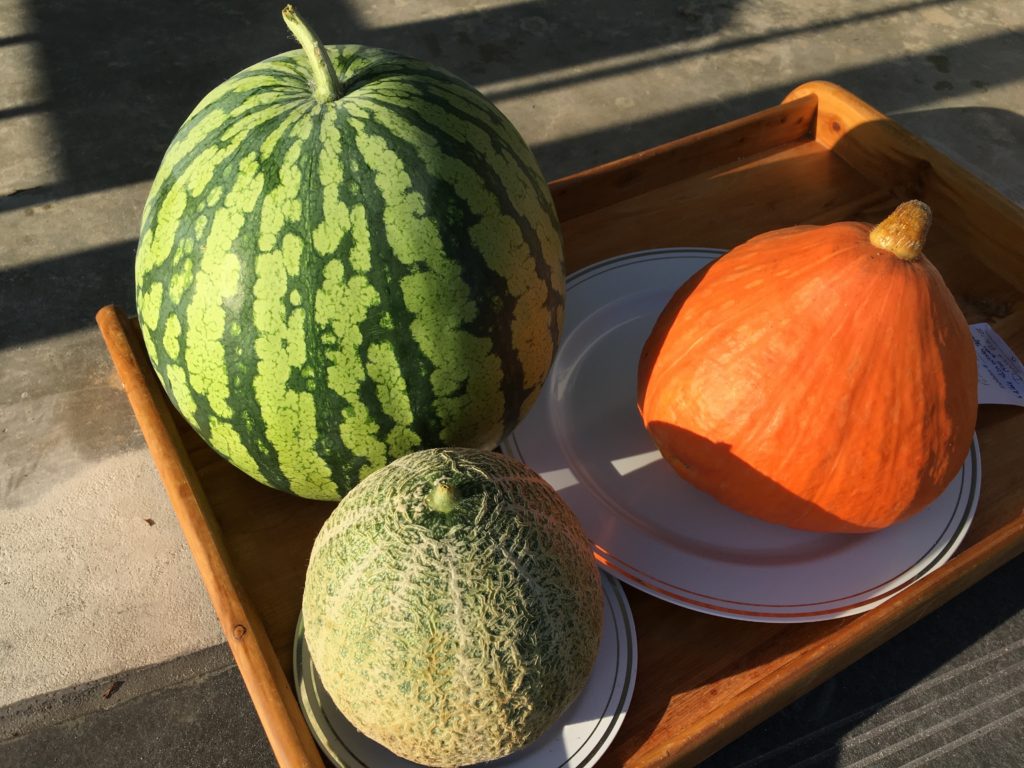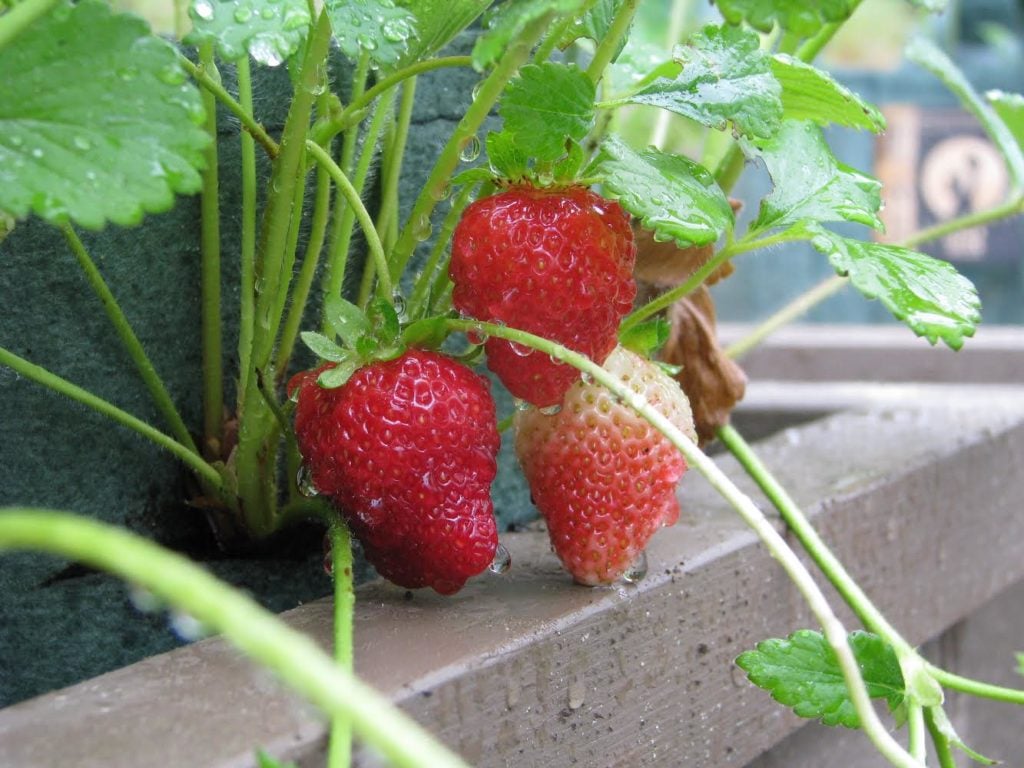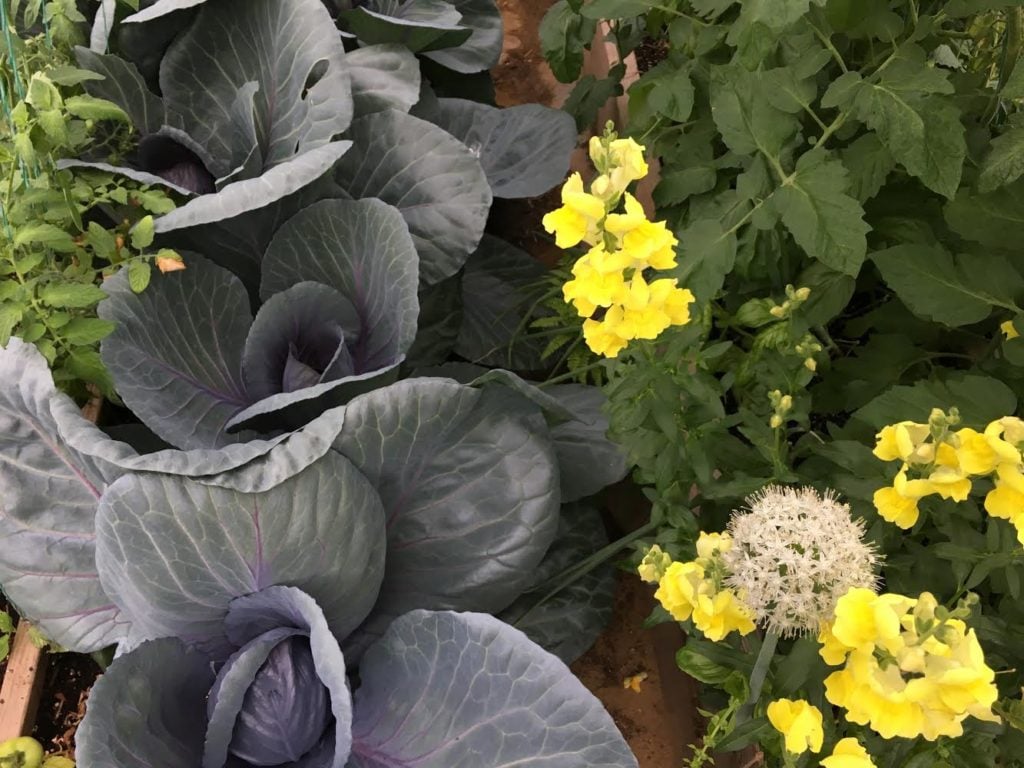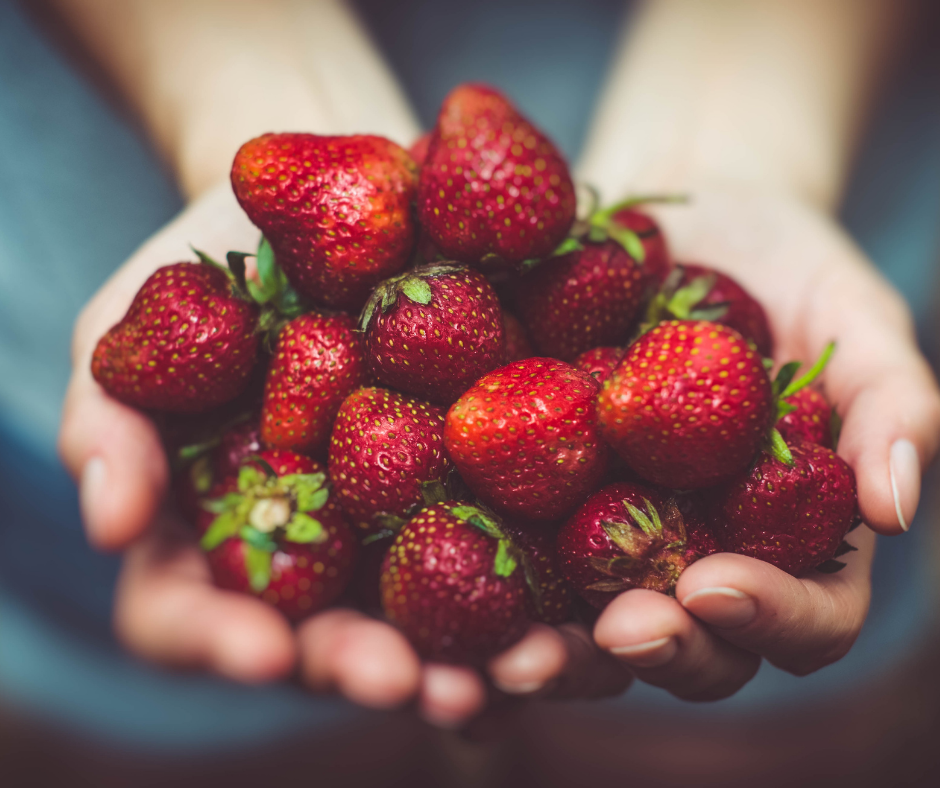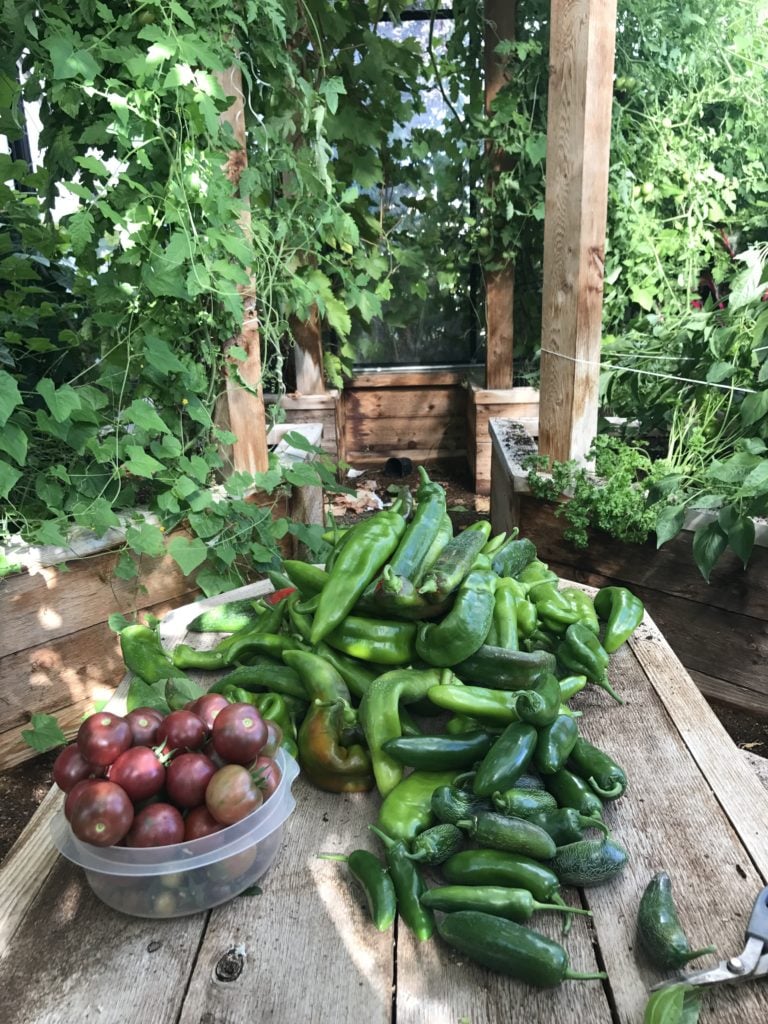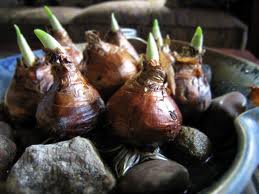How to Clear Greenhouse Waste? Tips for Small-Scale Gardeners
Quick Answer:
Clearing greenhouse waste on a small scale involves chopping bulky plants into smaller pieces to speed composting, using tools like a chipper and rodent-proof compost bins such as the Speedibin for faster, pest-free decomposition. When animal assistance isn’t available, this method efficiently manages large volumes of plant debris, turning waste into valuable compost in about six months. Proper waste management not only keeps your greenhouse tidy but also supports sustainable gardening by recycling nutrients back into your soil.
Arnold is always hungry. And some of his favorite foods are the fruits and vegetables I grow in my greenhouse. He also eats the plants of the tomatoes and squash I grow. He gently pokes around, licking up the small green fruits first and then chomps down on the whole tangled twisted plant.


